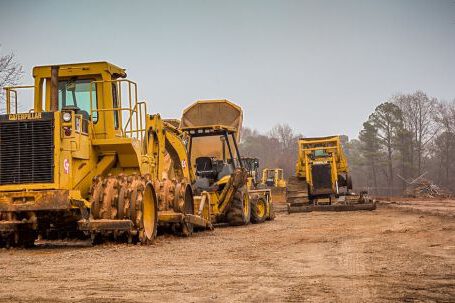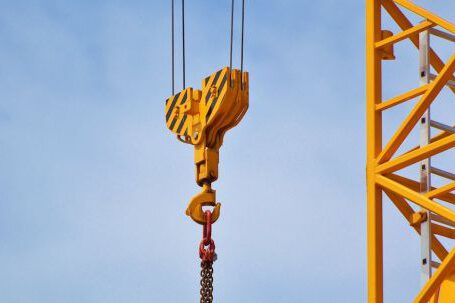Mortar mixers are essential tools for any construction job. They make mixing mortar, a wet paste made of sand, cement, and water, a breeze. Whether you’re a professional contractor or a DIY enthusiast, understanding the basics of operating a mortar mixer is crucial. In this article, we’ll discuss the different types of mortar mixers, how to set them up, and the safety precautions you should take when operating them.
Types of Mortar Mixers
Mortar mixers come in a variety of sizes and shapes. The most common types of mortar mixers include the paddle mixer, the drum mixer, and the pan mixer.
- The paddle mixer is the most popular type of mortar mixer. It consists of a rotating drum with a set of paddles attached to it. These paddles help to mix the dry ingredients together, while the drum helps to agitate the wet ingredients and ensure the uniformity of the mortar.
- The drum mixer is similar to the paddle mixer, except it has a larger capacity and can mix larger batches of mortar. It also has a larger drum, which helps to mix the ingredients more thoroughly.
- The pan mixer is a type of mortar mixer that uses a rotating pan to mix the ingredients together. This type of mixer is often used in commercial applications, as it is able to mix larger batches of mortar in a shorter amount of time.
Setting Up a Mortar Mixer
Before using a mortar mixer, you must ensure that it is properly set up and that all safety precautions are followed. First, you will need to assemble the mixer and its parts, such as the drum, paddles, and pan. Make sure to follow the manufacturer’s instructions when assembling the mixer.
Next, you will need to attach the mixer to a power source. Most mortar mixers are powered by an electric motor, so you will need to connect the motor to an electrical outlet. If the mixer is gas-powered, you will need to connect the gas line to the mixer.
Once the mixer is assembled and connected to a power source, you will need to fill the drum or pan with the appropriate amount of mortar. Make sure to follow the manufacturer’s instructions when filling the mixer.
Safety Precautions for Operating a Mortar Mixer
It is important to take certain safety precautions when operating a mortar mixer. Before using the mixer, make sure that you are wearing the appropriate protective gear, such as safety glasses, gloves, and a dust mask. Additionally, make sure to keep the mixer away from flammable materials and combustible liquids.
When operating the mixer, make sure to keep your hands and feet away from the moving parts. Additionally, make sure to keep the mixer clear of any obstacles and keep the area around the mixer free of debris.
Finally, make sure to turn off the mixer and disconnect it from the power source when you are finished using it. This will help to prevent any accidents or injuries.
Conclusion
Mortar mixers are essential tools for any construction job. Understanding the basics of operating a mortar mixer is crucial for any DIY enthusiast or professional contractor. This article discussed the different types of mortar mixers, how to set them up, and the safety precautions you should take when operating them. Following these guidelines will help to ensure a safe and successful mortar mixing experience.






